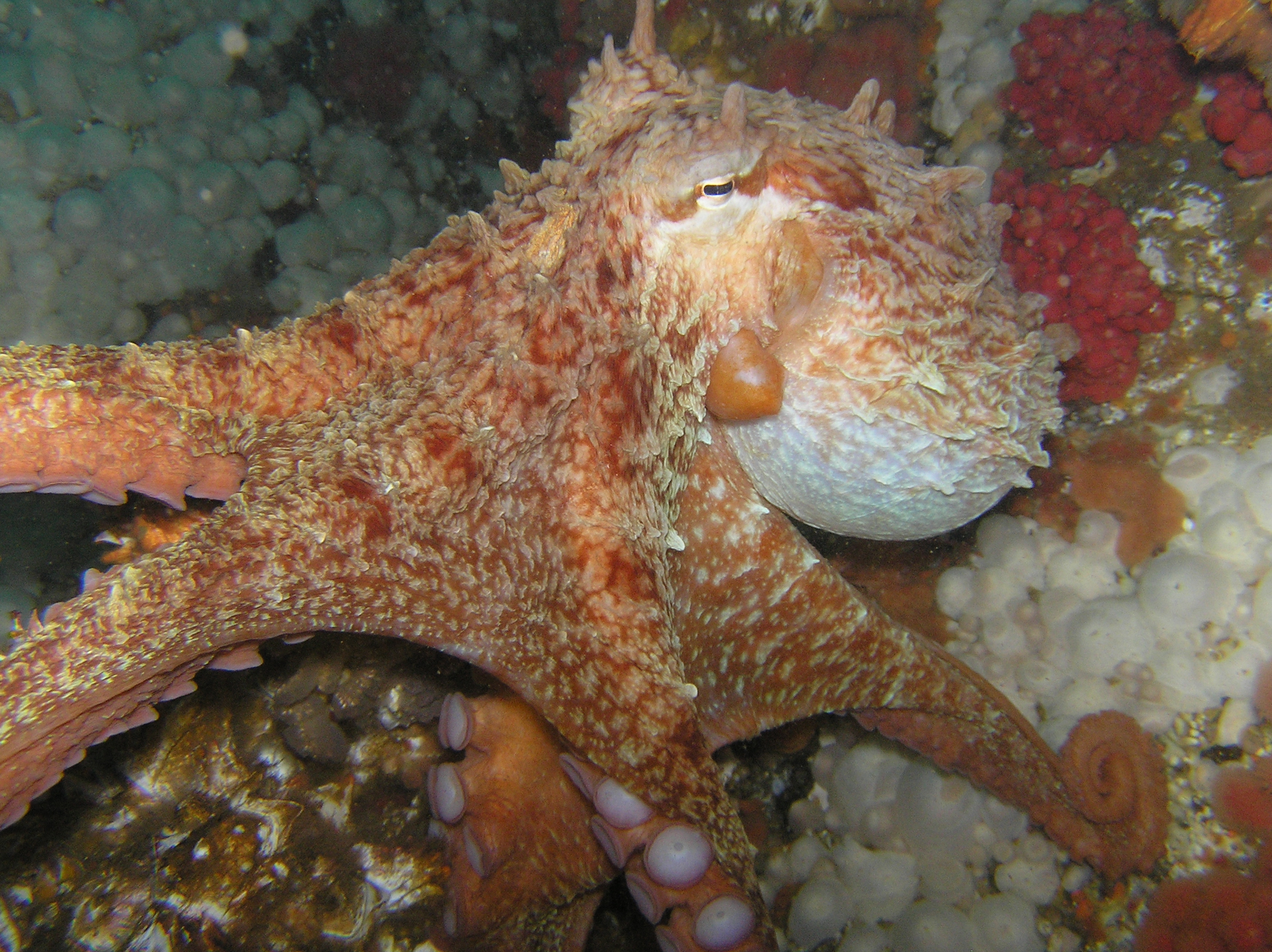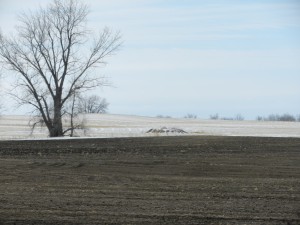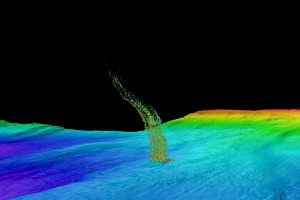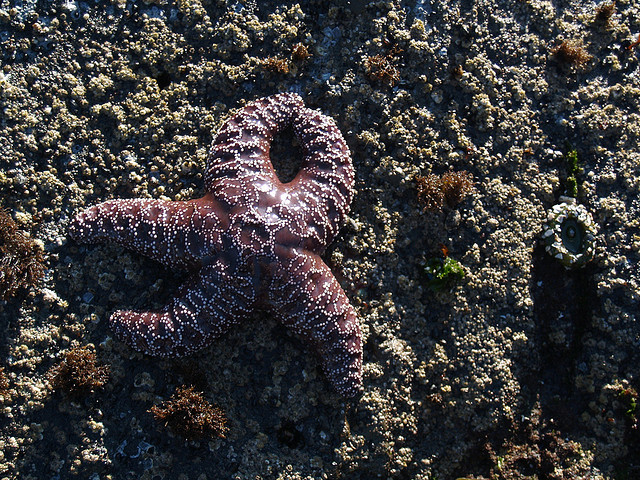From blue whales and great white sharks to leatherback turtles, colossal squid, and giant clams, a paper published this week in the journal PeerJ looks at the true size of the ocean’s largest marine species. A team of scientists, including Aquatic and Fishery Sciences’ Trevor Branch, lead the charge aimed at addressing the challenges associated with accurately measuring and cataloging the largest animals in the sea.
Read more at UW Today »Epic survey finds regional patterns of soot and dirt on North American snow
Snow is not as white as it looks. Mixed in with the reflective flakes are tiny, dark particles of pollution. University of Washington scientists recently published the first large-scale survey of impurities in North American snow, to see whether they might absorb enough sunlight to speed melt rates and influence climate. The results, published in the Journal of Geophysical Research, show that North American snow away from cities is similar to Arctic snow in many places, with more pollution in the U.S.
Read more at UW Today »Humans adding ‘fossil’ carbon to rivers
New research from the School of Environmental and Forest Sciences suggests that the choices we make about how we use our lands —such as for agriculture or development—has an impact on a landscape’s ability to effectively store carbon. Published in Nature Geoscience, the authors find that disturbance reintroduces carbon that is locked up on land back into the carbon cycle, often through runoff that deposits it into our rivers and wetlands.
Read more on the SEFS Blog »Warmer Pacific Ocean could release millions of tons of seafloor methane
Off the West Coast of the United States, methane gas is trapped in frozen layers below the seafloor. New research from the University of Washington shows that water at intermediate depths is warming enough to cause these carbon deposits to melt, releasing methane into the sediments and surrounding water. Researchers found that water off the coast of Washington is gradually warming at a depth of 500 meters, about a third of a mile down.
Read more at UW Today »Sea-star wasting culprit is virus
Disintegrating sea stars—a process described as melting, with the arms detaching and crawling away from each other—is being caused by a virus that’s been detected in West Coast waters for more than 70 years. That’s according to new findings published in late November in the Proceedings of the National Academy of Sciences by 24 co-authors including the University of Washington’s Carolyn Friedman, a professor of aquatic and fishery sciences, and Colleen Burge, who earned her bachelor’s and doctorate from UW and is now back as a postdoctoral researcher here after four years of postdoc work at Cornell University.
Read more at UW Today »





